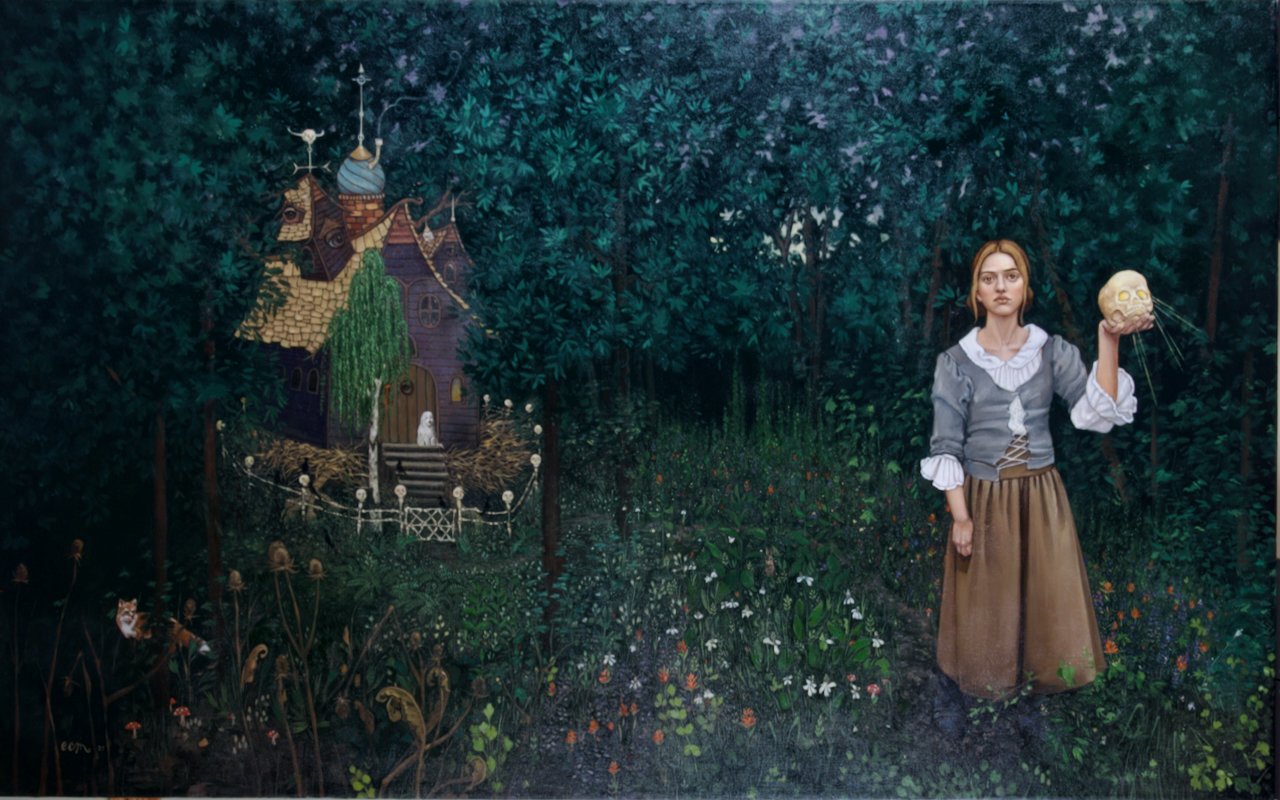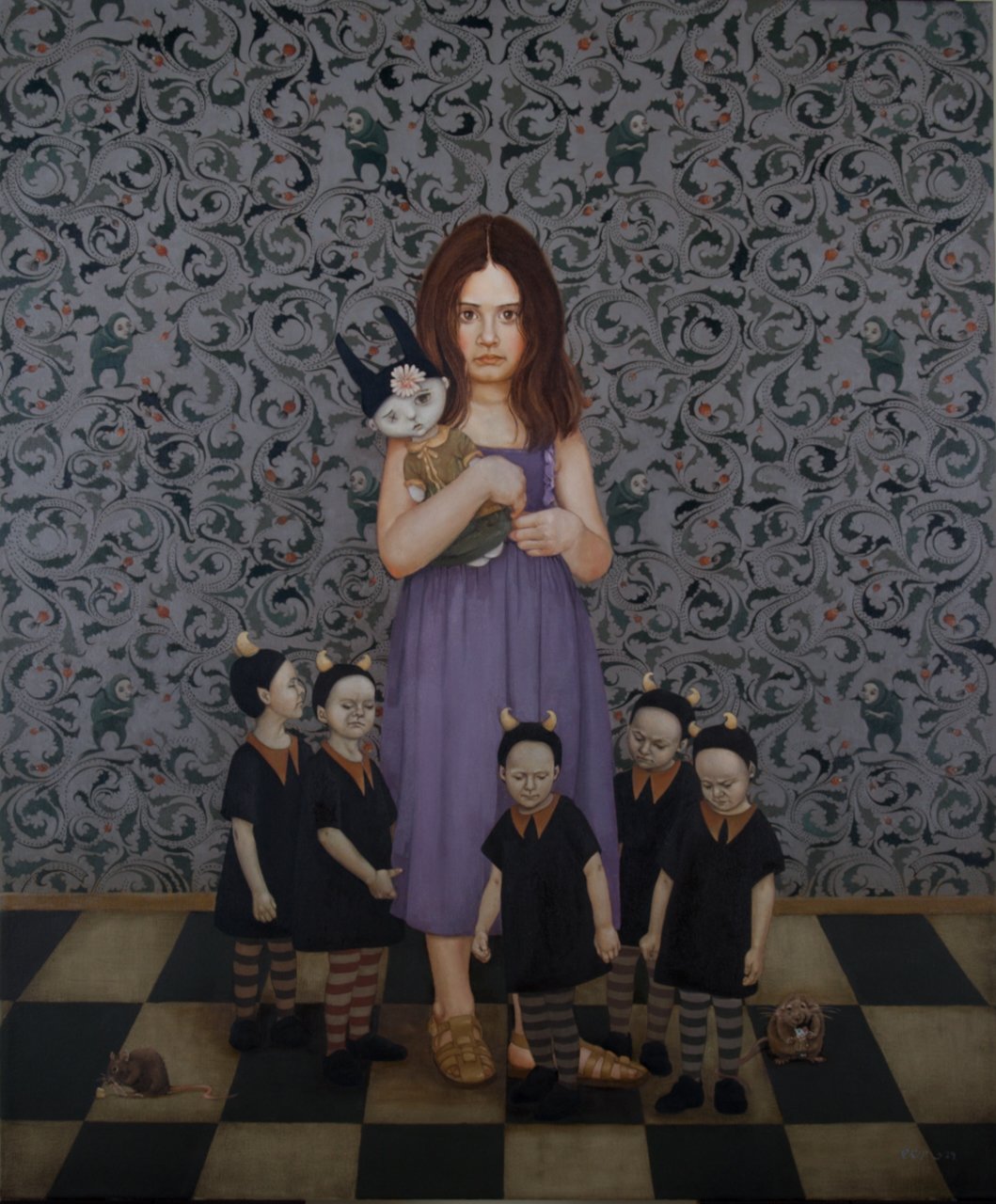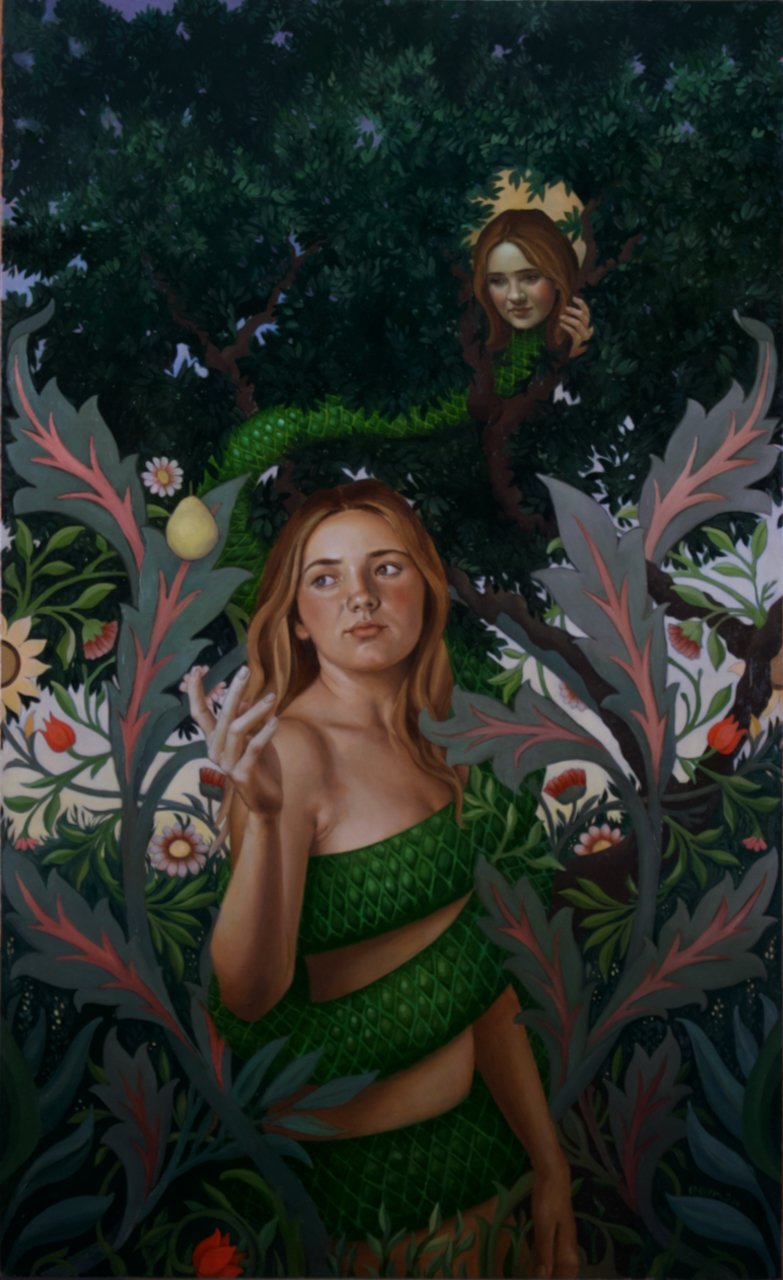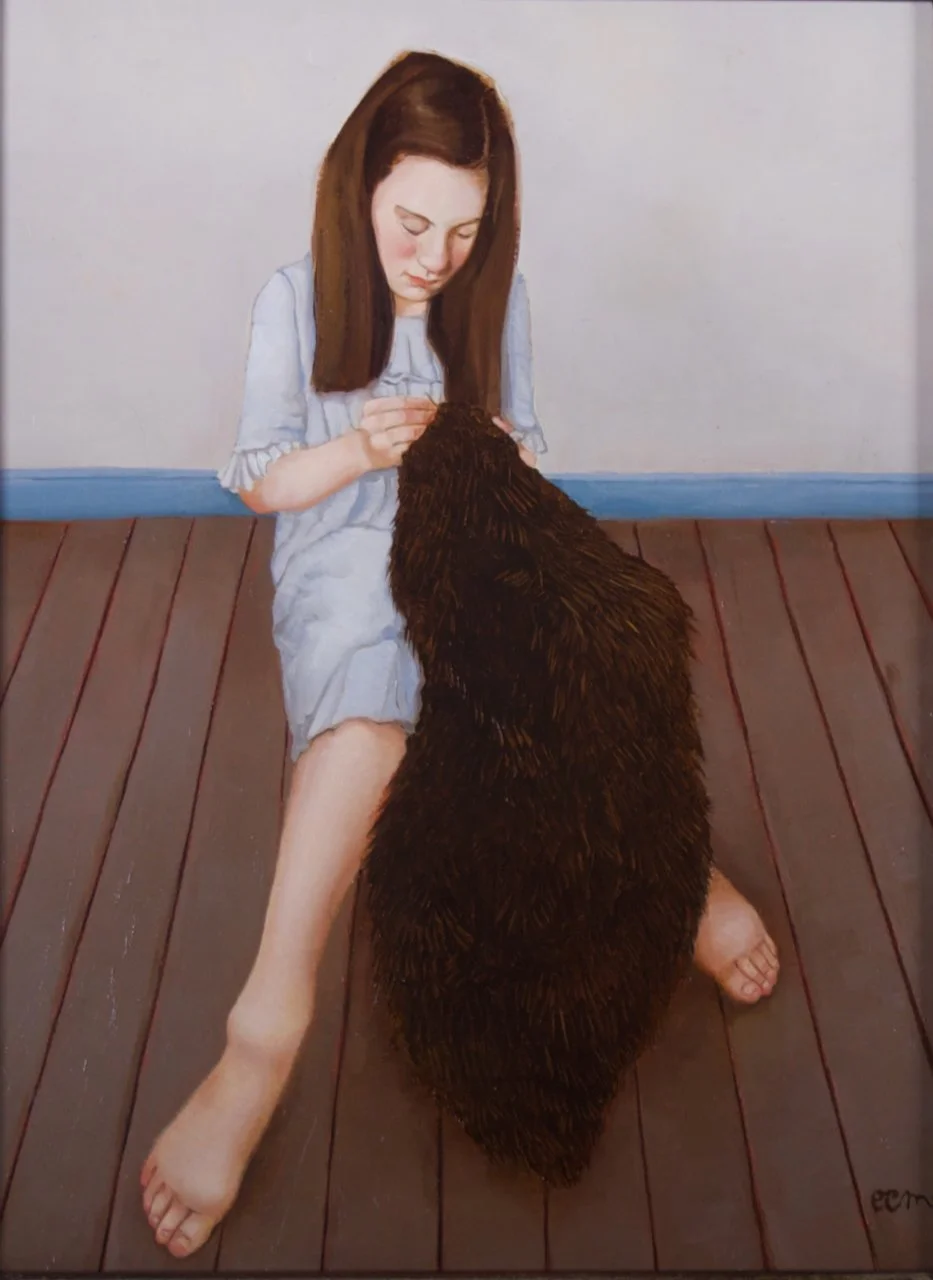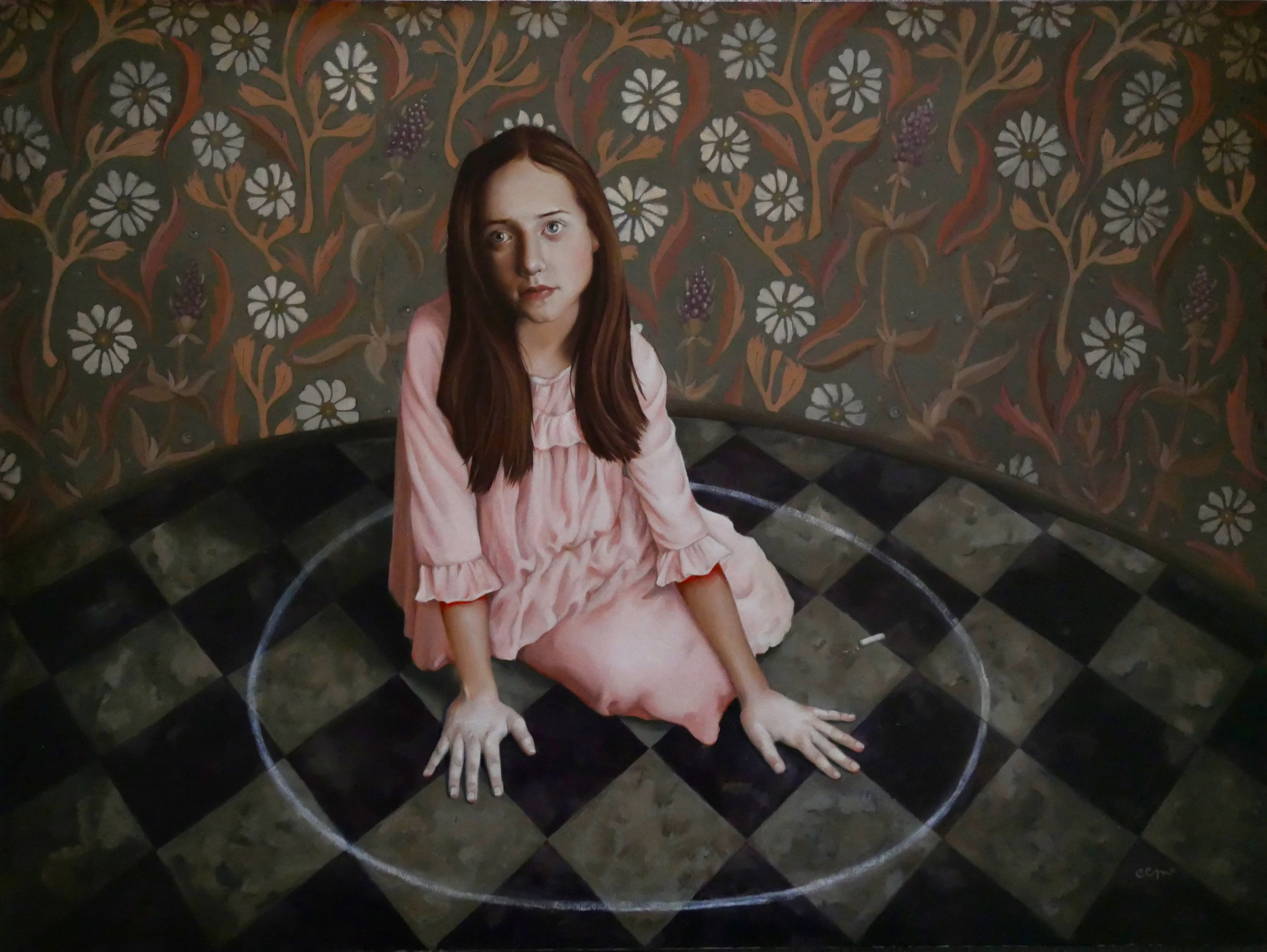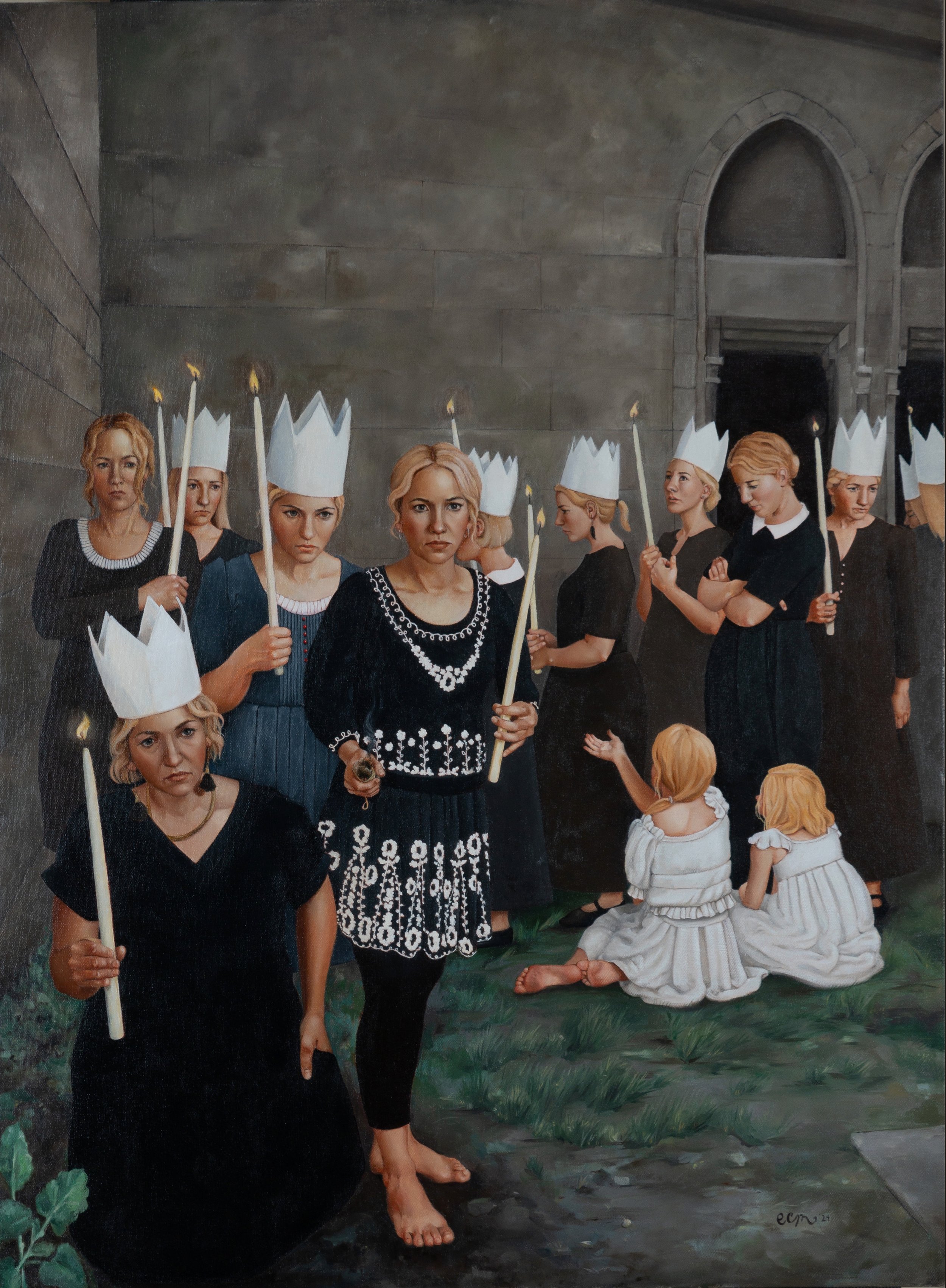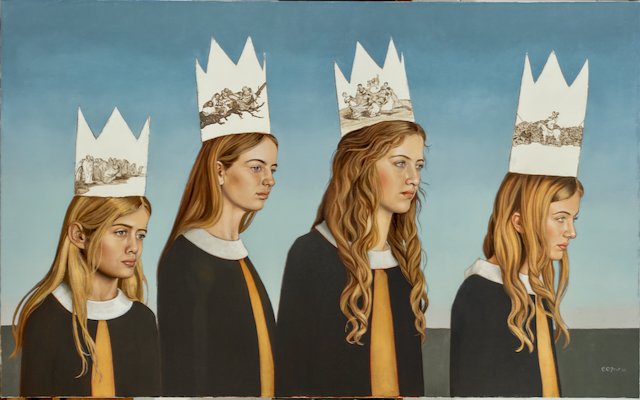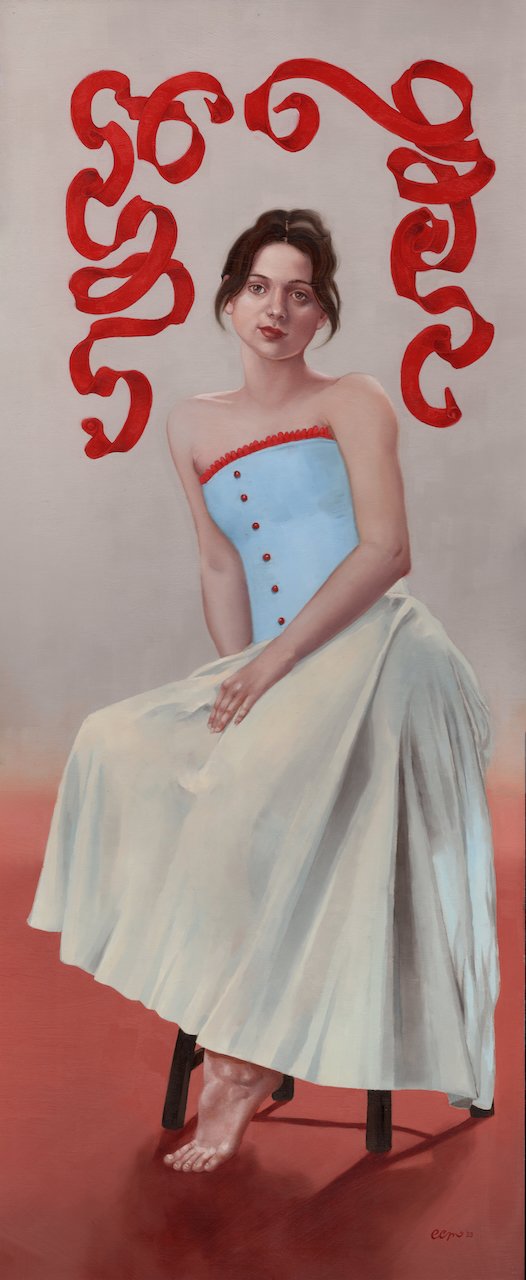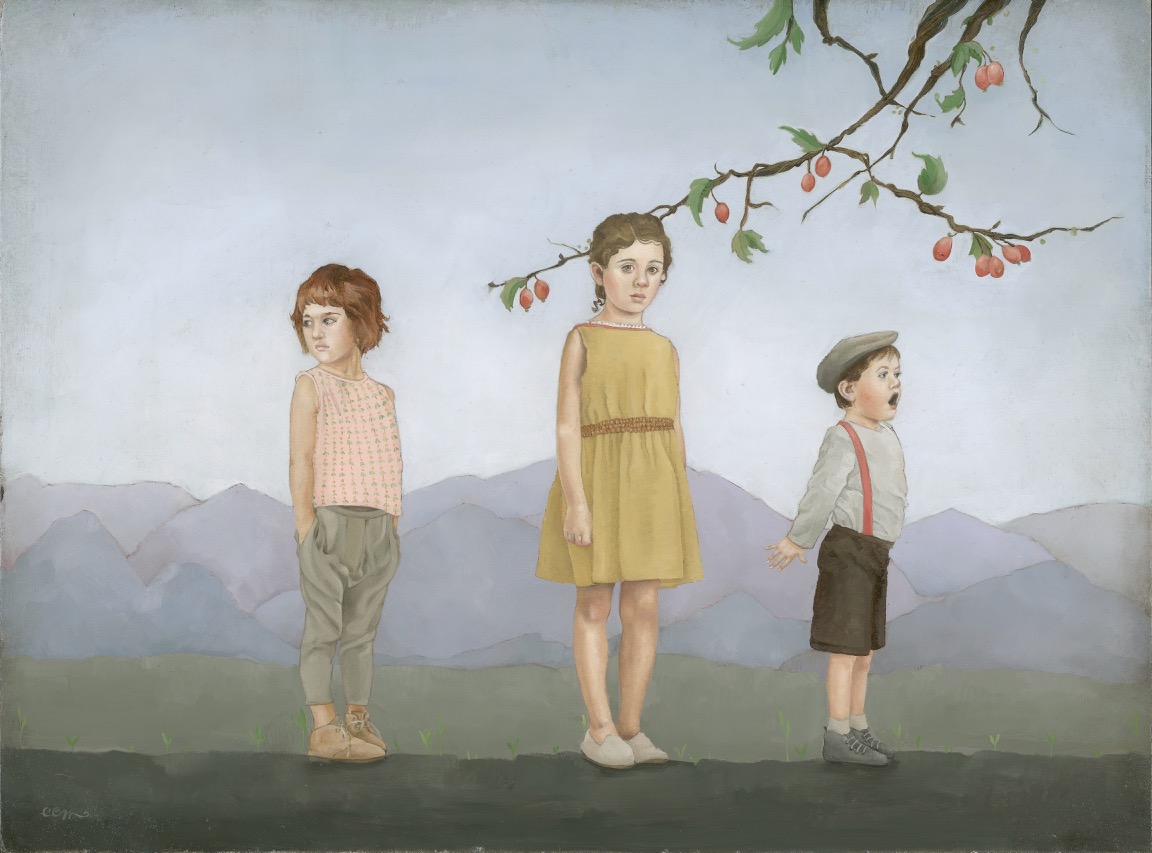My dad passed away a couple months ago. I say that without really believing it. But the evidence points to the reality of his parting. He is greatly missed and greatly loved. The following is a transcript of the talk I gave at his funeral.
A Man of Faith January 14, 2017
He says, “Take a big breath, swim straight down about six feet, when you see the opening in the rocks swim into it. In about ten feet you’ll be out the other side. I’ll be there waiting for you.” I do not have my mom’s gift of buoyancy, so the diving down part was no problem. It was the tunnel that had me in a bit of a panic. I took a few big breaths, mustered all the courage I could and went for it. I dove down, found the opening, swam into it, turned around and went back the way I had come thinking I was about to run out of air. He came back through and up to tell me, “Em, you were there!” He had seen me from the other end just before I turned around. “You’ve got to have faith,” he said. “Follow me.” I followed him through without losing sight of his feet. We surfaced in an expansive, dimly lit cave with interesting smells and curious textures. I asked what was above our heads, stalactites maybe? “Nope, they’re bats. And this,” he points to the surface of the water, “is guano.” Always loved an opportunity to share his extensive knowledge of super useful facts.
My dad was a man of faith. He really loved believing. Credendo Vides. He had a theme that ran throughout his life that molded his character and made him the guy that you all love. When he was 19 he was blessed that, “As a result of seeking first the Kingdom of Heaven and its Righteousness, all other things will be added unto thee… You will have a complete and abundant life.” Time and again the advice was pronounced upon his head: put the Lord first, serve faithfully in your church callings and in your family, and you will be blessed in all your worthy endeavors. He lived this principle, and like everything he did, he did it fully.
He believed in hard work. He would say, “The harder you work, the luckier you get.” He loved the concept of ten thousand hours. He read a lot and studied his scriptures. He studied in depth for his Gospel Doctrine lessons as well as his 11-year old primary lessons, and not only covered the doctrine, but added context, stories, and details that made it magic.
He lived the Christlike attribute of friendship with everyone he knew. He made you feel accepted for who you are, welcomed you into his inner circle because he thought you were neat. We’ve read countless tributes and messages expressing your gratitude for his generosity, his encouragement and validation, the way he challenged you, taught you, and loved you.
Above all, he loved his family. He once declared, “I have a wife whom I have a wonderful relationship with and five kids who are good people and have never been a disgrace to society. I would trade every painting I have ever done or will do for that. Of course if you can do both… hey, it’s heaven.” He put in his ten thousand hours a hundredfold when it came to loving my mom. He was an expert at it.
His example of unwavering faith, evident in the way he lived his life and seen throughout his art is a beautiful legacy. Like the cave full of bats in Tonga, I am profoundly grateful that my dad’s feet are just ahead of me through the tunnels of life. I think I have only scratched the surface on what my dad will teach me, imagining how his influence might unfold throughout my journey makes my heart ache to bursting with sweet sorrow and joy.
